

Case Report - Year 2018 - Volume 33 -
Botulinum toxin in the treatment of asymmetric crying face syndrome: a case report
Toxina botulínica para tratamento de síndrome do Choro Assimétrico: relato de caso
ABSTRACT
Asymmetric crying face syndrome is a congenital condition secondary to hypoplasia or absence of the depressor muscle at the mouth angle. It is a common condition that presents with facial asymmetry while crying and smiling and may be associated with other congenital malformations. Children with this deformity may experience psychosocial difficulties and introversion. The therapeutic arsenal of this condition has already been studied and discussed in the literature with an emphasis on surgical and invasive approaches. We report here a case of a 9-year-old child with this syndrome, treated less invasively with botulinum toxin, with good result and satisfaction.
Keywords: Botulinum toxin type A; Facial asymmetry; Facial paralysis; Abnormalities of the mouth; Congenital abnormalities
RESUMO
Síndrome do choro assimétrico é uma condição congênita secundária à hipoplasia ou ausência do músculo depressor do ângulo da boca. Trata-se de uma condição não tão incomum que pode cursar com assimetria facial ao chorar e sorrir, além de poder estar associadas a outras malformações congênitas. Crianças com essa deformidade podem sofrer dificuldades psicossociais e introversão. O arsenal terapêutico dessa condição já foi estudado e discutido na literatura com ênfase em abordagens cirúrgicas e invasivas. Relatamos aqui um caso de uma criança de 9 anos com essa síndrome, tratada, de forma menos invasiva, com toxina botulínica, com um bom resultado e satisfação.
Palavras-chave: Toxinas botulínicas tipo A; Assimetria facial; Paralisia facial; Anormalidades da boca; Anormalidades congênitas
INTRODUCTION
Asymmetric crying face (ACF) syndrome was first described in 1931 by Parmelee while observing the crying of a newborn1. It is a congenital alteration secondary to hypoplasia or absence of the depressor muscle at the mouth angle. It can develop in up to 0.6% of births2 and present with facial asymmetry when crying and loss of saliva in the oral commissure of the affected side. Other facial movement muscles are unaffected3.
The diagnosis may be clinical or aided by electromyography. The association with other congenital malformations is possible and may be from the gastrointestinal, cardiovascular, skeletal, genitourinary, and even central nervous system. Congenital hypoplasia of the depressor muscle of the mouth angle develops in isolation in most cases4, and the investigation of other congenital anomalies is controversial2. Its etiology is not yet well defined but is believed to be multifactorial.
The clinical diagnosis is more difficult with the child’s growth, since, with the passage of time, the risorius and other muscles begin to dominate facial expression4. The main differential diagnosis of this condition is with obstetric traumas and congenital facial paralysis, in which there are other facial expression alterations such as deficient ocular closure, absence of frontal wrinkles, and deletion of the nasolabial sulcus.
The diagnosis and follow-up of this syndrome are well discussed and established in the literature. Nevertheless, the treatment of facial asymmetry is rarely studied, and there are differences in the initial conduct of these cases. Thus, we present here a case of a child with ACF syndrome successfully treated with botulinum toxin on the unaffected side.
Case Report
A 9-year-old female patient, with complaint of mouth asymmetry since birth, currently suffers from bullying at school. She had stable asymmetry throughout growth, with greater prominence of the deformity when crying and smiling.
According to the mother, gestation was uneventful. Personal history is only bronchial asthma with eventual use of inhaled corticosteroids.
The patient was evaluated by a pediatrician, who ruled out associated congenital malformations. Upon examination, there were no significant changes at rest (Figure 1), but the smile was asymmetric due to the absence of action of the depressor muscle at the left mouth angle (Figure 2). The remaining facial muscles had no clinically detectable changes (Figure 3).
The therapeutic possibilities were proposed for the patient and mother. After the consent of the patient and her caregiver, 5 IU of botulinum toxin type A (Botox®; Allergan) was directly applied to the depressor muscle at the right (unaffected) mouth angle. After 14 days, an insufficient result was verified (Figure 4), and another 5 IU (total of 10 IU) was applied.
The patient returned satisfied with the result, showing symmetry when smiling, as seen in Figures 5 and 6.
DISCUSSION
ACF syndrome has been extensively studied in pediatric publications with a focus on diagnosis and follow-up necessary for these children and differential diagnoses and associations with other congenital malformations, but there are few discussions on the treatment of the central characteristic of this condition: facial asymmetry secondary to hypoplasia of the depressor muscle at the mouth angle.
The most studied and described treatment in the world literature is the weakening of the sound side through selective neurectomy of a marginal nerve branch of the mandible or myectomy of the depressor muscle at the mouth angle5. Udagawa et al.6 described a surgical intervention on the affected side, in which a fascia lata graft was performed in 7 children with facial asymmetry when crying, showing good results. Other innumerable invasive forms have also been published such as functional microsurgical transfer, fascia graft, and even transposition of the digastric muscle.
The treatment modalities proposed in other studies have the need for surgical intervention as a disadvantage, thus exposing children to anesthetic risk. Therefore, less invasive alternatives such as the selective blockage of the marginal nerve branch of the mandible and application of botulinum toxin were also studied.
Tulley et al.7 demonstrated in 2000 the application of botulinum toxin in 5 adult patients who presented with isolated facial paralysis at the marginal branch of the mandible, with excellent results. Isken et al.8 published in 2009 two cases of children, one 4 years of age and the other 16 months, with facial asymmetry when crying successfully treated with botulinum toxin on the unaffected side, discussing in this work the benefits of a simple therapy for children with facial deformity that may eventually present psychosocial difficulties and introversion.
Botulinum toxin is already used safely in several childhood conditions such as spasticity in cerebral palsy, strabismus, dystonia, and hyperhidrosis, so there is sufficient evidence to demonstrate safety in its use in children8.
Here, we present the case of a 9-year-old child with facial asymmetry of the mouth when smiling and crying, extremely uncomfortable with her physical condition. A safe, quick, and easy treatment was performed with the use of botulinum toxin, demonstrating a good result and with total patient satisfaction.
COLLABORATIONS
|
LGMPM |
Analysis and/or interpretation of data; study design and design; methodology; writing - preparation of the original; writing - revision and editing. |
|
HAN |
Analysis and/or interpretation of data; conceptualization; investigation; conducting operations and/or experiments; writing - revision and editing; supervision. |
REFERENCES
1. Parmelee AH. Molding due to intra-uterine posture. Facial paralysis probably due to such molding. Am J Dis Child. 1931;42(5):1155-9. DOI: http://dx.doi.org/10.1001/archpedi.1931.01940180105017
2. Sapin SO, Miller AA, Bass HN. Neonatal assymetric crying facies: a new look at an old problem. Clin Pediatr (Phila). 2005;44(2):109-19. DOI: http://dx.doi.org/10.1177/000992280504400202
3. Ulualp SO, Deskin R. Congenital unilateral hypoplasia of depressor anguli oris. Case Rep Pediatr. 2012;2012:507248.
4. Lahat E, Heyman E, Barkay A, Goldberg M. Asymmetric crying facies and associated congenital anomalies: prospective study and review of the literature. J Child Neurol. 2000;15(12):808-10. DOI: http://dx.doi.org/10.1177/088307380001501208
5. Baker DC. Facial paralysis. In: McCarthy JG, ed. Plastic Surgery. Volume 3. Philadelphia: Saunders; 1990. p. 2237-319.
6. Udagawa A, Arikawa K, Shimizu S, Suzuki H, Matsumoto H, Yoshimoto S, et al. A simple reconstruction for congenital unilateral lower lip palsy. Plast Reconstr Surg. 2007;120(1):238-44. DOI: http://dx.doi.org/10.1097/01.prs.0000264062.64251.10
7. Tulley P, Webb A, Chana JS, Tan ST, Hudson D, Grobbelaar AO, et al. Paralysis of the marginal mandibular branch of the facial nerve: treatment options. Br J Plast Surg. 2000;53(5):378-85. DOI: http://dx.doi.org/10.1054/bjps.2000.3318
8. Isken T, Gunlemez A, Kara B, Izmirli H, Gercek H. Botulinum toxin for the correction of assymetric crying facies. Aesthet Surg J. 2009;29(6):524-7. DOI: http://dx.doi.org/10.1016/j.asj.2009.08.017
1. Clínica Essere, São Paulo, SP,
Brazil.
Corresponding author: Luiz Guilherme de
Moraes Prado Mazuca
Rua Maranhão - 192
São Paulo, SP, Brazil Zip
Code 01240-000
E-mail: luiz.mazuca@gmail.com/
lgmazuca@uol.com.br
Article received: May 01, 2018.
Article accepted: June 04, 2018.
Conflicts of interest: none.


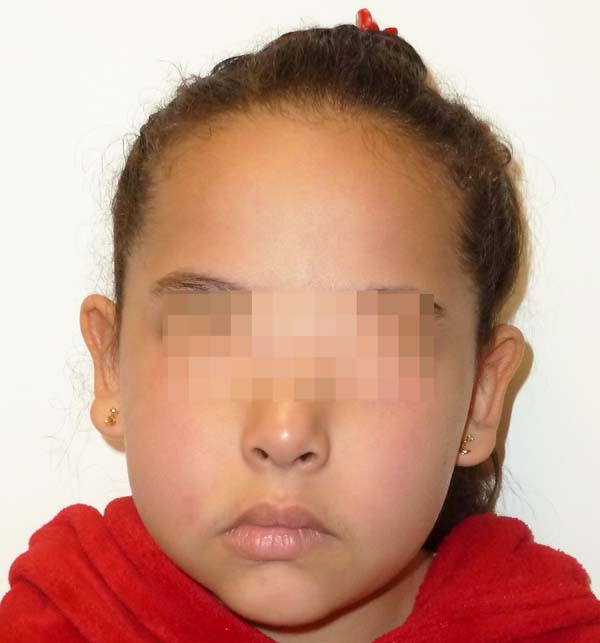

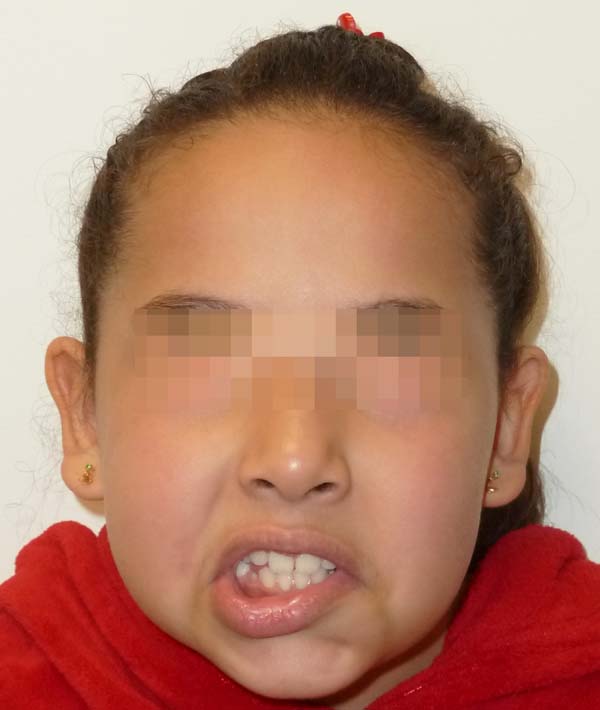

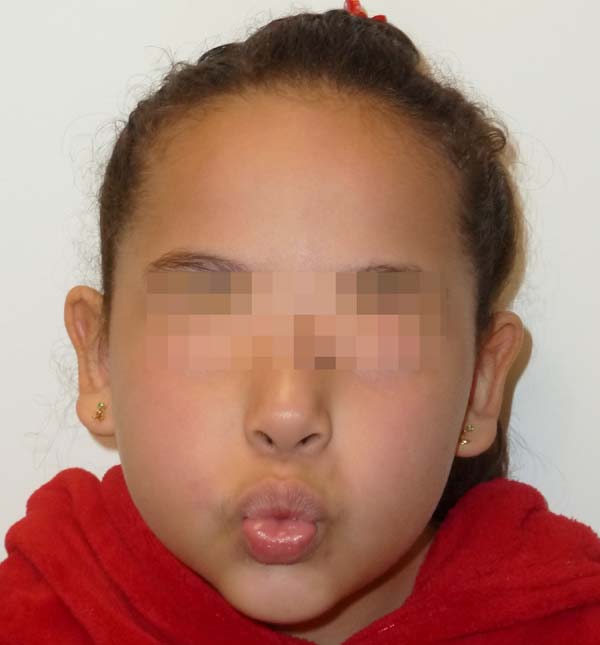

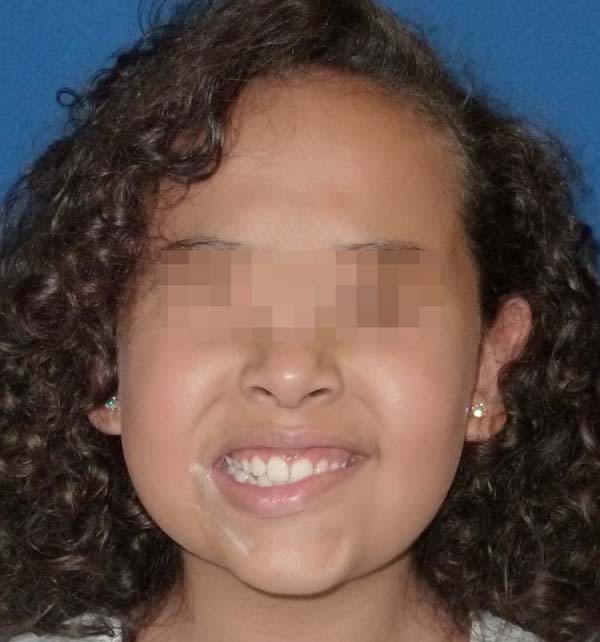

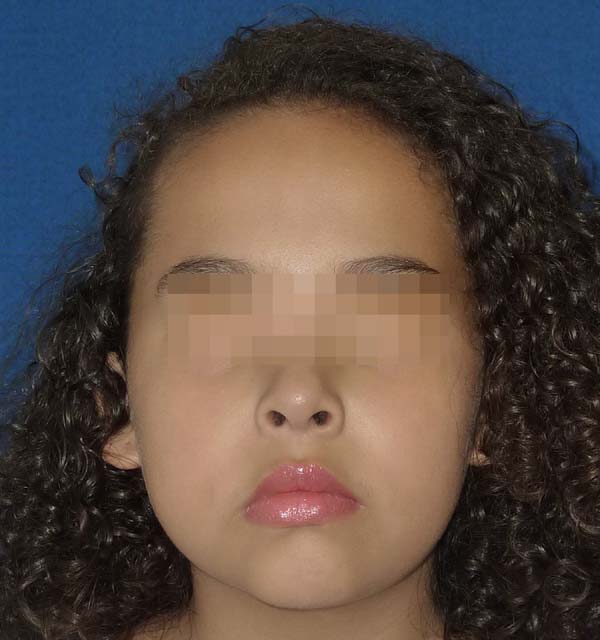

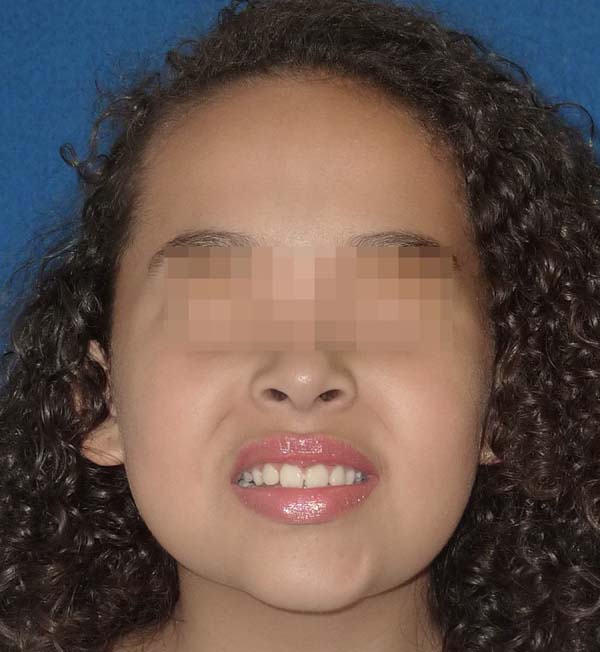

 Read in Portuguese
Read in Portuguese
 Read in English
Read in English
 PDF PT
PDF PT
 Print
Print
 Send this article by email
Send this article by email
 How to Cite
How to Cite
 Mendeley
Mendeley
 Pocket
Pocket
 Twitter
Twitter